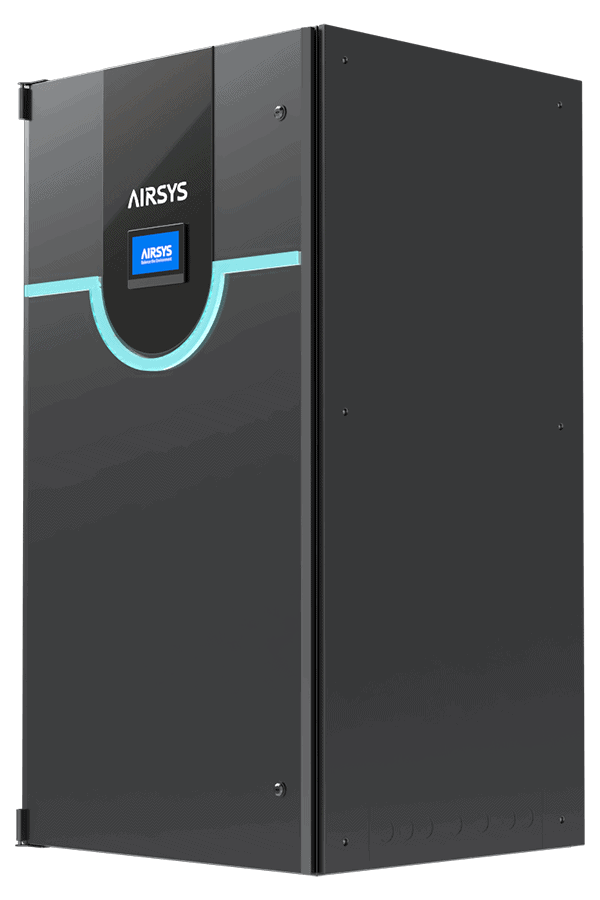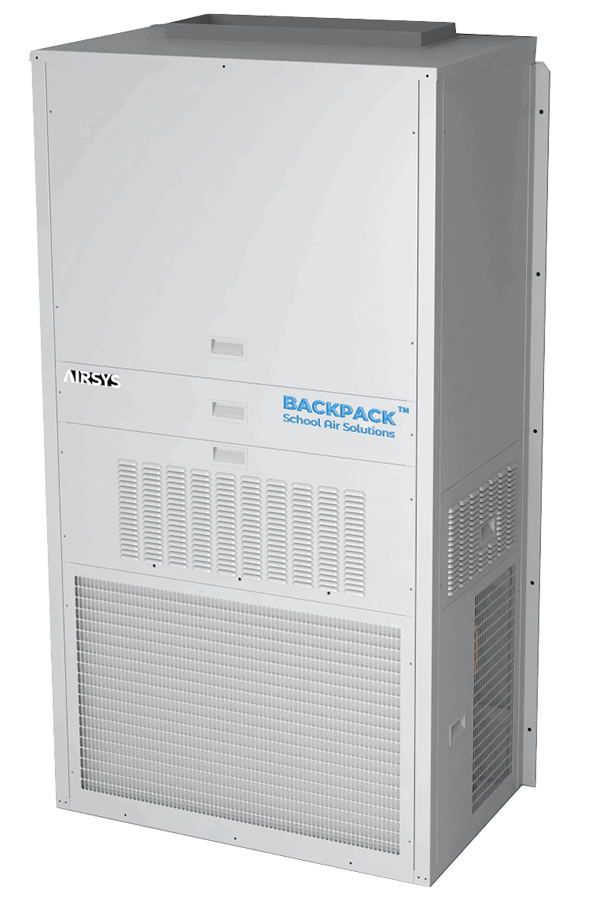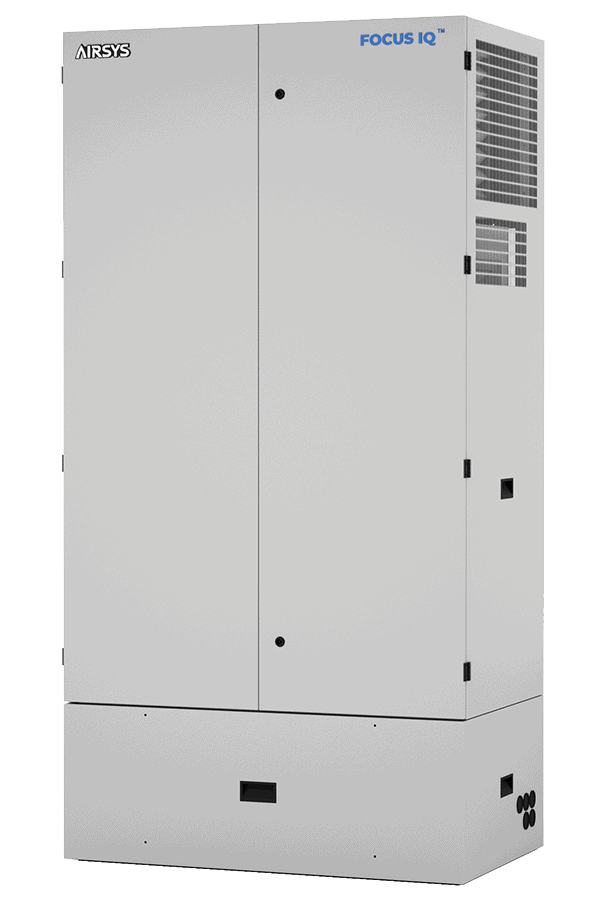Why is the industry transitioning to A2L refrigerants?
The AIM Act is the primary driver behind the nationwide refrigerant transition. Signed into law in 2020, the AIM Act authorizes the EPA to regulate the production and consumption of HFC refrigerants. It outlines a phasedown program that aims to reduce HFC production and consumption by 85% by 2036.
What are the specifics of the AIM Act?
The AIM Act is implemented by the EPA in three parts:
- HFC Allowance Program: This restricts the supply of HFCs by setting annual quotas for refrigerant manufacturers.
- Technology Transition Rule (TT Rule): This restricts the consumption of HFCs by setting GWP limits for various industry sectors and equipment types, with specific compliance deadlines.
- Future Regulations: These will target the release of HFCs and promote improved refrigerant recovery and reclamation.
What are the Key Dates for R-410A product and system prohibition?
AIRSYS packaged equipment that are factory assembled is defined by the EPA as "products,” and split system installed in the field is defined by the EPA as “systems.”
The manufacturing and importation of R-410A products, and installation of R-410A systems will be prohibited after January 1, 2025. The data center and technology subsectors have been granted a two-year extension, until January 1, 2027.
Why did AIRSYS select R-454B as the refrigerant of choice?
A thorough evaluation of available refrigerants led AIRSYS to choose R-454B due to its superior performance and lower GWP (466) compared to R-32 (675). R-454B offers immediate environmental benefits and is similar in performance to R-410A, making it a strategic choice to avoid future regulatory changes.
What happens to the inventory of R-410A products after manufacturing deadlines?
The market has an additional three years to sell, distribute, or export R-410A products after the manufacturing deadline. For stationary residential and light commercial HVAC, this deadline is January 1, 2028. For data centers and IT equipment cooling, the deadline is January 1, 2030.
**Always consult local codes which may override federal permissions.
What is the transition to UL 60335-2-40 4th Edition?
UL 60335-2-40 4th Edition is the new safety standard enabling the use of A2L refrigerants. It includes requirements for refrigerant detection systems (RDS) and leak mitigation, depending charge size and application of the equipment. All AIRSYS R-454B products will comply with this standard.
Are A2L (mildly flammable) refrigerants safe?
Yes, A2L refrigerants are safe when used in equipment designed according to UL safety standards. Updated building and fire codes also address the safe use of A2L refrigerants.
What is a Refrigerant Detection System (RDS)?
An RDS detects refrigerant leaks and prevents ignition by constantly monitoring refrigerant levels and entering a mitigation mode if a leak is detected.
Which units require an RDS?
AIRSYS units with less than 3.94 lbs. of R-454B do not require an RDS. Units with more than 3.94 lbs. may require an RDS depending on specific application factors such as charge size, installation type, and room size.
What are the storage and handling differences for A2Ls versus R-410A?
A2L refrigerant storage and transportation are regulated by the DOT, NFPA, and local building codes. Equipment with less than 25 lbs. of A2L refrigerant is not subject to Hazardous Material Regulations. Always check with local authorities for specific requirements.
Will state building codes permit the installation of A2L equipment?
State building codes are being updated to permit A2L equipment installations. Use available resources to check the latest status of state regulations.
What is the availability of virgin R-410A for servicing existing equipment?
Virgin R-410A will be available for servicing, but its cost will rise as production is phased down. Robust recovery and reclamation programs will be necessary to manage future supply.
Do I need updated tools to service A2L equipment?
Yes, servicing A2L equipment requires compatible tools, including gauges, recovery machines, vacuum pumps, and leak detectors and these tools should never be used on non-A2L refrigerant based equipment. Never cross-contaminate.
Is retrofitting R-410A equipment to use A2L refrigerants possible?
No, retrofitting R-410A equipment to use A2L refrigerants is not permitted due to safety standards and design specifications.
What is the impact of state regulations versus the AIM Act?
State regulations may exceed the requirements of the AIM Act. For example, California and Washington have stricter laws that do not align with the EPA's extended deadlines. Compliance with both federal and state regulations is necessary.
Will there be future refrigerant transitions?
Further HFC phasedown steps will be required to meet the Kigali amendment targets by 2036. Airsys is monitoring regulatory developments to stay ahead of potential future transitions to ultra-low GWP refrigerants.






